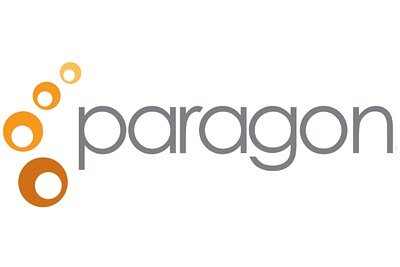
Legal Departments Embrace 'Portfolio' Staffing to Navigate Rising Pressures
New research reveals a shift in how corporate legal teams are structured, moving away from traditional models and toward a flexible ‘portfolio’ approach combining permanent staff, ALSPs, and contract talent.
Legal Departments Embrace ‘Portfolio’ Staffing to Navigate Rising Pressures
NEW YORK, NY – November 20, 2025
The corporate legal landscape is undergoing a significant transformation, driven by escalating regulatory complexity, relentless cost pressures, and a growing scarcity of qualified talent. A new report from Paragon Legal, in partnership with Mitratech AdvanceLaw, highlights a growing trend among in-house legal departments: the adoption of a ‘portfolio’ staffing model. This approach strategically blends permanent employees with flexible legal talent, Alternative Legal Service Providers (ALSPs), and targeted outside counsel, representing a departure from the historically dominant reliance on large law firms and solely in-house resources.
The Rise of the Legal Portfolio
The traditional model of staffing a legal department – largely comprised of full-time employees supplemented by expensive outside counsel – is proving increasingly unsustainable. According to the report, a staggering 46% of legal teams currently feel understaffed, contributing to increased workloads and burnout. This pressure is compounded by the ever-changing regulatory environment, requiring constant adaptation and specialized expertise. “Departments are realizing that trying to maintain a full suite of in-house expertise for every potential issue is both cost-prohibitive and often impractical,” says one industry analyst. “The ‘portfolio’ model allows them to tap into specialized skills when needed, without the overhead of permanent hires.”
The shift isn't merely a response to immediate pressures, however. It's a strategic realignment driven by the recognition that agility and cost-effectiveness are critical for long-term success. Companies are actively seeking ways to optimize legal spend, and the data suggests they’re increasingly willing to look beyond traditional options. Over 30% of teams are already shifting work away from large law firms to more cost-effective alternatives, with ALSPs and flexible talent playing a key role.
Beyond Staffing: A Holistic Approach
The ‘portfolio’ model isn’t simply about swapping full-time employees for contract workers. The report identifies four interconnected priorities driving this transformation: Efficiency, Technology, Risk/Compliance, and Business Alignment. These aren't isolated concerns; they are mutually reinforcing elements of a holistic approach to legal operations. Technology, for instance, is enabling greater efficiency and allowing legal teams to automate routine tasks, freeing up valuable time for higher-level strategic work.
This emphasis on technology is also driving demand for professionals with expertise in areas like e-discovery, data analytics, and legal tech implementation. “The modern legal department needs to be as technologically proficient as any other function within the organization,” explains a legal operations director. “That requires a different skillset than traditionally focused legal expertise.” ALSPs are uniquely positioned to provide this technological expertise, often offering advanced AI-driven solutions and data analytics capabilities that many in-house teams lack.
The market is responding. The ALSP sector has seen substantial growth, reaching an estimated $28.5 billion in 2023 with a projected CAGR of over 8% in the coming years. This growth is fueled not only by cost savings but also by the ability of ALSPs to scale resources quickly and provide specialized expertise on demand.
The Changing Role of Outside Counsel
The rise of the ‘portfolio’ model doesn’t necessarily spell the end of large law firms, but it does require them to adapt. Traditional firms are increasingly facing pressure to offer more competitive pricing and demonstrate a clear return on investment. Many are responding by launching their own ALSP arms or adopting alternative fee arrangements.
However, the shift in power dynamics is undeniable. Legal departments are becoming more sophisticated consumers of legal services, demanding greater transparency and control over their legal spend. They are actively negotiating rates, unbundling legal work, and leveraging technology to automate routine tasks, reducing their reliance on expensive outside counsel.
“The days of simply billing by the hour are numbered,” says a chief legal officer. “We need to see value for our money, and we need to be able to demonstrate that value to our stakeholders.” The emphasis is shifting from legal expertise alone to a combination of expertise, efficiency, and technological innovation.
The ongoing growth of the legal services market – projected to reach $1.55 trillion by 2034 – suggests that demand for legal expertise will remain strong. However, the way that expertise is delivered is undergoing a fundamental transformation, with the ‘portfolio’ model poised to become the dominant approach for forward-thinking legal departments. This means a growing need for adaptable professionals comfortable working across diverse teams and leveraging technology to deliver efficient, effective legal solutions.
📝 This article is still being updated
Are you a relevant expert who could contribute your opinion or insights to this article? We'd love to hear from you. We will give you full credit for your contribution.
Contribute Your Expertise →